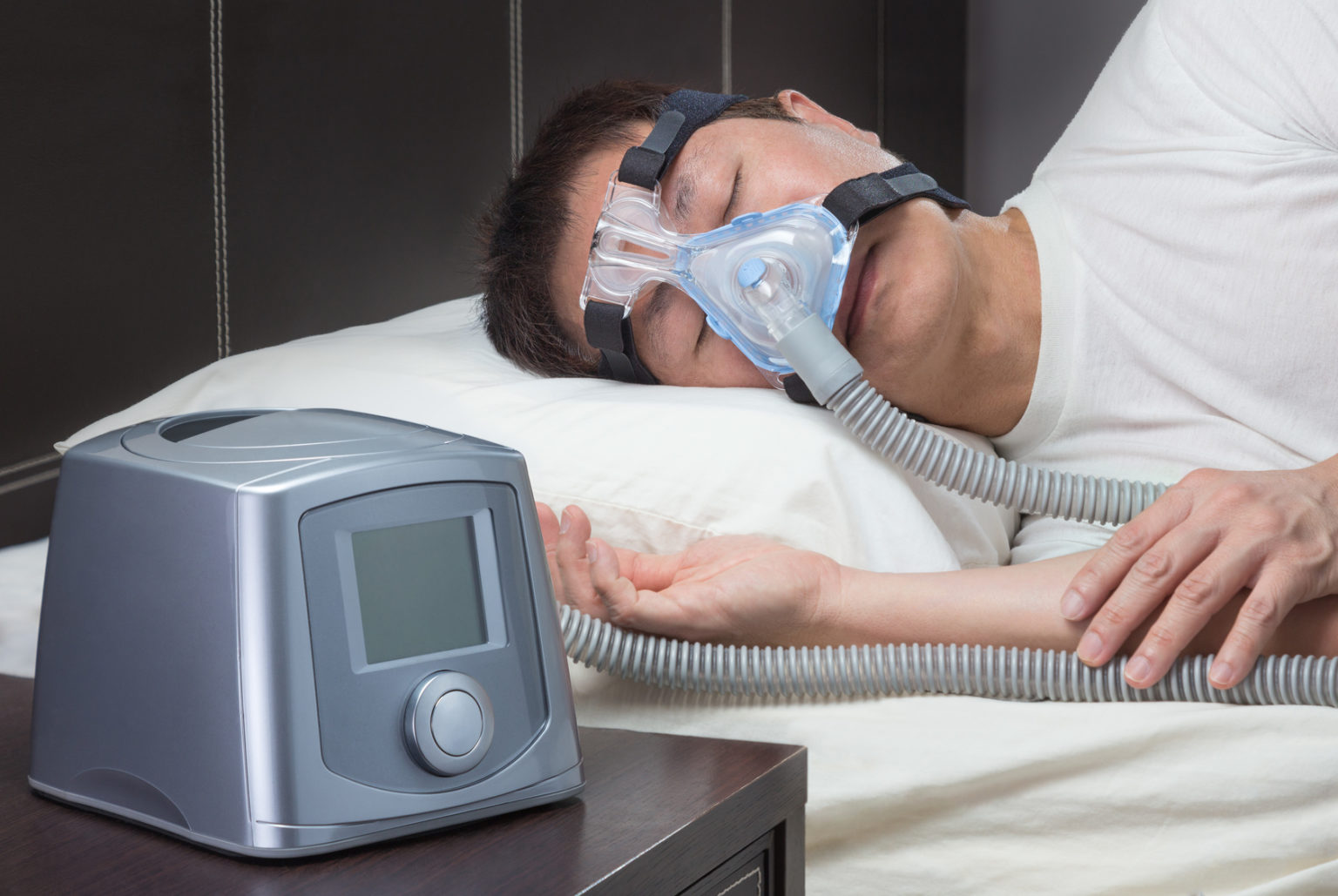
Many individuals around the world struggle with the disruptive effects of sleep apnea, a common sleep disorder that can significantly impact one’s quality of rest. Fortunately, advancements in medical technology have led to the development of sleep apnea machines, devices specially designed to help individuals manage their condition and improve their sleep patterns. These machines work by delivering a steady flow of air to the patient, ensuring that their airways remain open during the night and reducing instances of interrupted breathing. By providing a continuous positive airway pressure (CPAP), sleep apnea machines offer a practical solution to those in need of a good night’s sleep.
Types of Sleep Apnea Machines
There are three main types of sleep apnea machines commonly used to treat this condition. The Continuous Positive Airway Pressure (CPAP) machine is one of the most popular choices. It delivers a steady stream of air pressure through a mask to keep the airways open during sleep.
Another type is the BiPAP machine, which stands for Bilevel Positive Airway Pressure. This machine provides two levels of air pressure – a higher level when inhaling and a lower level when exhaling. This can be more comfortable for some users who may find it difficult to exhale against the continuous pressure of a CPAP machine.
The third type is the APAP machine, or Auto-Adjusting Positive Airway Pressure machine. This advanced device automatically adjusts the air pressure based on the user’s breathing patterns throughout the night. This personalized approach ensures that the optimal pressure is delivered at all times.
Choosing the Right Machine
When selecting a sleep apnea machine, it’s crucial to consider your individual needs. Factors such as the severity of your condition, the comfort level you desire, and your lifestyle will all play a role in determining the most suitable machine for you.
One key consideration is the type of sleep apnea you have. For obstructive sleep apnea, a Continuous Positive Airway Pressure (CPAP) machine is often recommended. If you have central sleep apnea, a Bi-level Positive Airway Pressure (BiPAP) machine may be more appropriate.
Additionally, look for features that enhance your comfort, such as adjustable pressure settings, quiet operation, and compact size for easy travel. Taking the time to research and test different machines will help ensure that you find the right fit for a restful night’s sleep.
Using and Maintaining Your Machine
When it comes to using your sleep apnea machine, consistency is key. 睡眠呼吸機 Try to use the device every night for optimal results. Position the machine close to your bed for convenience. Make sure the mask fits snugly but comfortably over your nose and mouth to prevent air leaks.
Proper maintenance of your sleep apnea machine is essential for its effectiveness and longevity. Regularly clean the mask, tubing, and humidifier chamber according to the manufacturer’s instructions. Replace disposable components, such as filters, as recommended. Check for any signs of wear and tear, and have your machine serviced if needed to ensure proper functioning.